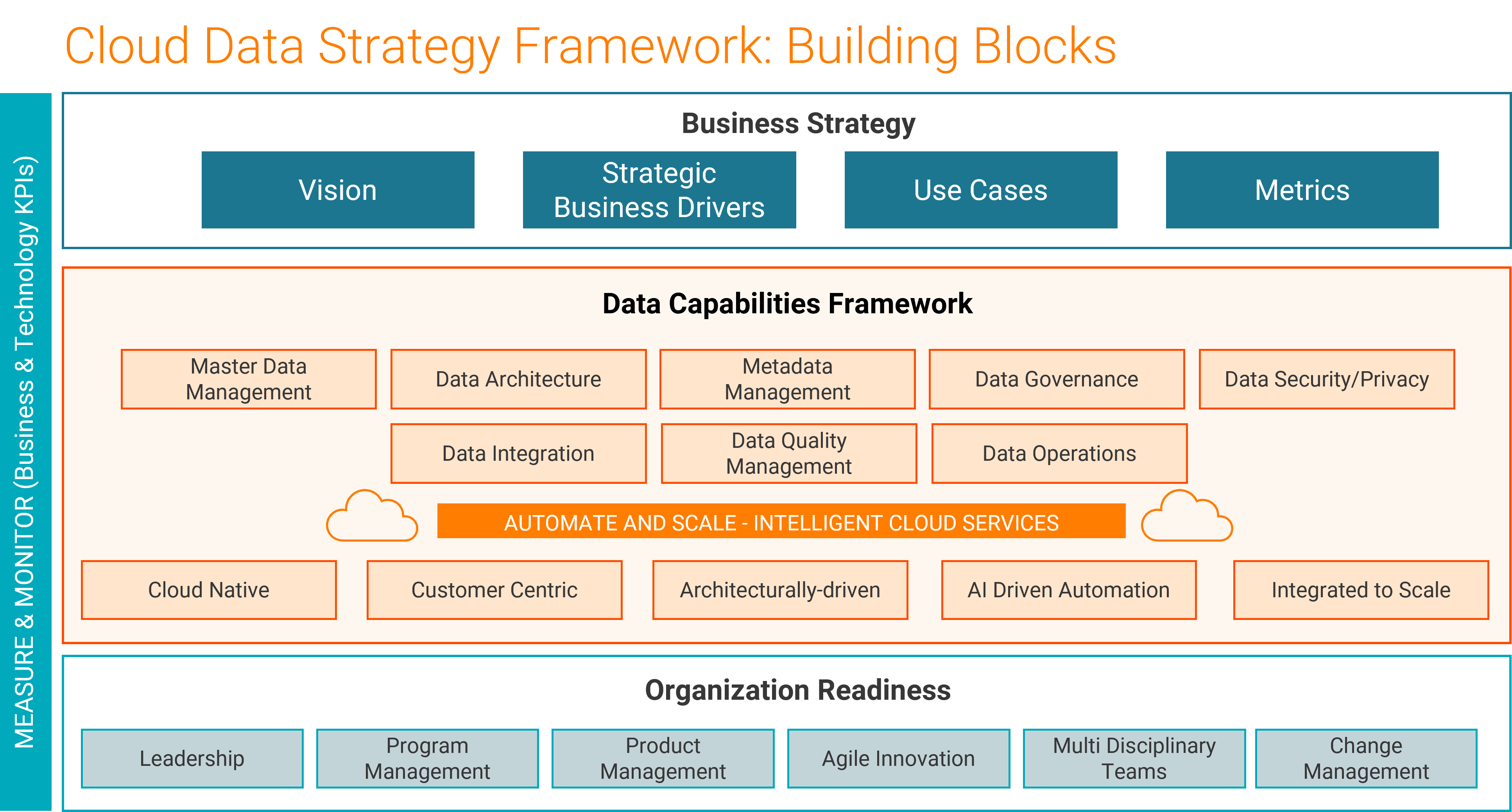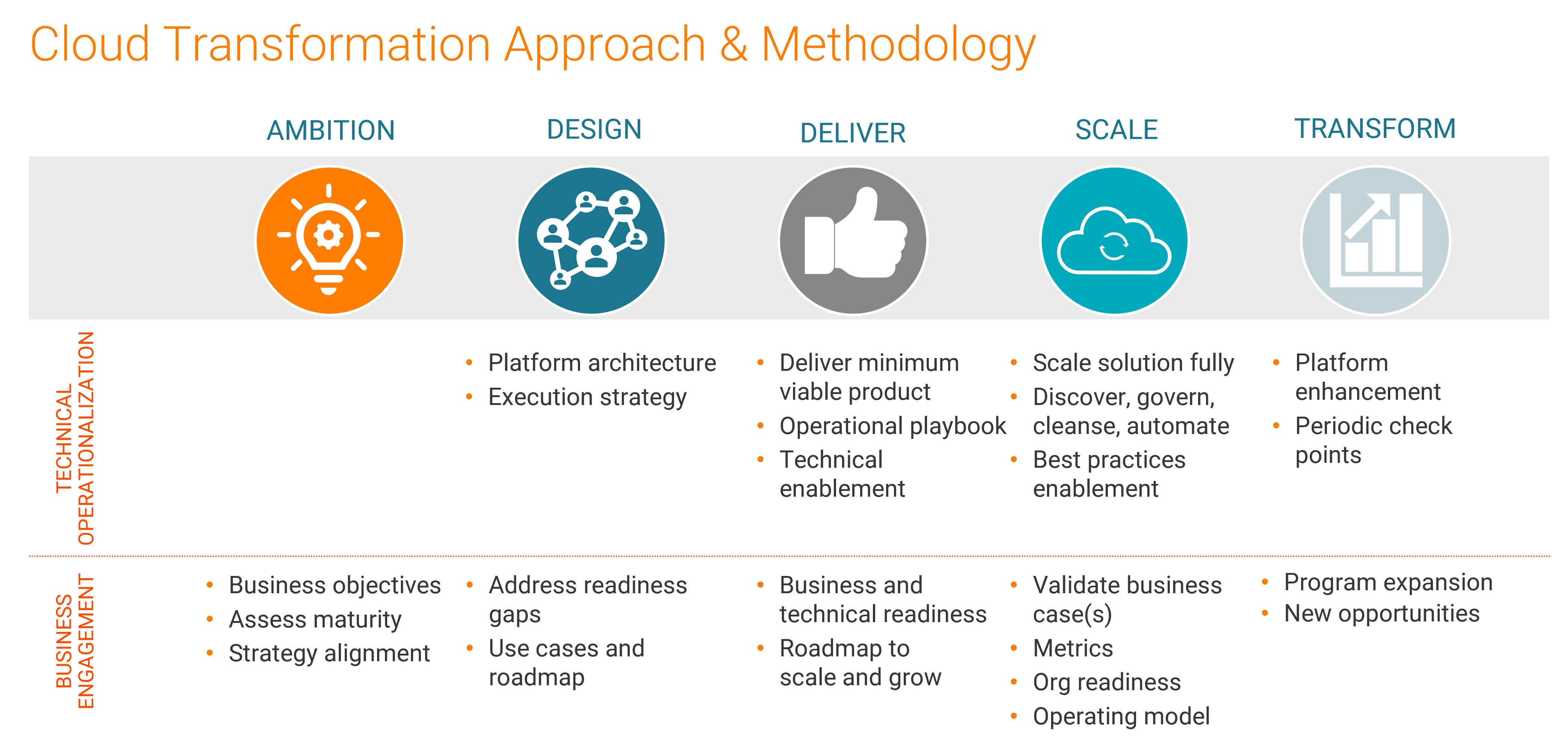Many companies have started to make the transition to either fully or at least partially move some application and data assets into the cloud. Gartner’s cloud forecast from July of 2022, predicted that aggregate cloud spending will grow to over $1 trillion USD by 2026. Companies that are still in this process (or have not yet started) will need to consider, assess, and plan for considerations of opportunity value balanced against risk (e.g., cost, disruption, skills, etc.) that will come into play as part of their move to the Cloud.
Overview
Cloud technologies and hosting vendors have greatly matured their offerings, support, and features over the past couple of decades.

In 2002, Amazon launched their AWS platform and it probably didn’t occur to most that organizations would ultimately have to shift away from a very heavy internal infrastructure organization to outsourcing a large portion to hosting providers (e.g., Amazon, Microsoft, Google, Oracle, etc.) and most application/technology vendors are shifting their future development emphasis to cloud-first or even cloud-only.
Many organizations don’t have enough working capital to bypass considering/assessing the actual value proposition of moving or the total cost of ownership of a cloud topology versus what they are currently supporting in their existing application topologies. This article will describe the critical factors and areas that an organization should consider (e.g., people, process, and technology) when beginning or continuing a journey to transition from on-premise technologies/applications to cloud-native ones. The journey will cause disruption, but because it will unlock new capabilities and efficiencies it should be fully supported by the business as well as the technology teams in the organization.
Details
The “journeys” that an organization might take when moving their data digital assets to the cloud can include:
- Data Integration
- Analytics Modernization
- Data Warehouse and Data Lake Modernization
- AI/ML and Data Science
The graphic below depicts Informatica’s framework on which elements should be explored in the meta-layers of business strategy, data capabilities, and probably most importantly, organizational readiness.

Additionally, there are several potential factors that might drive the desire to move in part or in whole to a cloud topology (including but not limited to):
- Reduced administration (e.g., maintenance, monitoring, hardware upgrades, patching, etc.)
- Minimized regression testing iterations
- Easier scalability (horizontally and vertically)
- Faster ability to spin up new environments
- Cross-cloud features
- New and easier ways to leverage capabilities (i.e., many vendors are building only towards the cloud)
- Theoretically lower cost (this requires rigor and proactive management)
To compliment the framework above, we also suggest that organizations take a structured approach in vetting their method towards a cloud journey. The visual below suggests equal parts of collaboration are needed between the business and technology teams in an organization. While the cloud may seem like a pure “technology” decision, it’s often best to consider starting with the business drivers/needs that act as a catalyst to jumpstart the initiative and keep it out of the dreaded realm of “only an IT project”.

What are the blind-corners or gotchas that an organization needs to consider above and beyond an approach and framework? Suffice it to say that there are many and only some will be covered in this article. First, it is critical to consider the financials of making a shift to cloud. Many perceive that perhaps a cloud environment could provide a better financial TCO and there are arguments below around reductions in certain types of roles and support activities, but most importantly one should understand the meter for “processing units” consumption needs to be actively monitored. Those who are shifting away from an on-prem environment are used to running their hardware/software as much as necessary (within licensing parameters) but in this new paradigm that mentality must shift to one where it is understood that the ‘tools’ are being rented, not owned.
One consideration that might sway an organization to move from on prem to cloud is being freed from infrastructure/management related to the solution. Many projects see an increase in productivity in their implementation and solution architects when they can solely focus on project deliverables. And although there is no longer a need to have infrastructure or database administrators there will still be a need to build ‘cloud’ specific skills/roles.
Some cloud specific skills include:
- Familiarization with cloud service providers: AWS, Azure, Google Cloud Provider
- Programming languages
- API familiarity
- DB management
- Network management
- Dev Ops
- Cloud Security
- Data and application migration and deployment.
Informatica’s cloud applications cost effectively manage, monitor, and maintain the cloud infrastructure for its customers, which eliminates infrastructure and maintenance costs. Moving to cloud facilitates the centralization across multiple office locations by connecting data and applications hosted in the cloud. Updates are also easier to manage as this does not need to be done manually by device. Rather, updates can be accomplished across the organization --typically with a press of one button.
Scalability is frequently cited as one of the most popular features when migrating to cloud. It provides the ability to immediately add memory, processing, and storage as needs increase in the business while at the same time decreasing cost.
Concerns that come up when planning to migrate to cloud include things like relying on an Internet connection as well as security concerns in hosted platforms. Since hosted cloud products can be launched from anywhere that has an Internet connection, the need to worry about local network outages is eliminated as applications are easily accessible from any network. There may also be concerns around security and a lack of control over where data is hosted. Many cloud providers invest heavily in security and even have a dedicated security team for this purpose.
When undergoing a migration to cloud project it is important to have a migration strategy. Keeping a checklist on what is necessary is key (e.g., example processes, data, workloads, and applications that will need to be migrated to cloud). It will also help in keeping migration costs low. As previously mentioned, organizations not used to the ‘meter running’ with IPUs may spend more during their migration versus on-prem until they get used to managing and tuning their instances properly.
Another area that can be assumed and misunderstood is that moving to a cloud topology automatically ensures that all applications and databases are immediately protected through some type of high-availability and/or disaster recovery infrastructure. Often this is not the case, and organizations that need this level of failover should consider moving to a multi-cloud deployment, even if with one provider utilizing more than one geographic zone.
One last consideration is architectural sprawl/debt. Companies can easily add/scale-up new assets in the cloud but trying to track all of them and have an eye towards consolidation/sunsetting is often tougher. The cloud promises elastic models in scaling up but getting back out of it requires planning and constant diligence. This of course is less of a concern when moving to cloud capabilities where the vendor operates the application and infrastructure.
Informatica recommends focusing on the following three areas as next steps to getting started:
- Establish a business case (opportunity, needs, financials, benefits)
- Make sure skills and roles are in place (staff enablement and training)
- Start small and achieve a win
Everything begins with the value proposition (benefits – costs = value to the organization). Try teasing out use cases (needs and opportunities) with business teams. Shift to a technical focus to understand what new features or efficiencies can be realized to determine the benefits and the why. Finally, move to working closely with the Finance team to pull together a comparison TCO of the infrastructure and applications. It’s important to make this a joint effort between business and technology with proper stakeholder and budgetary support. The Cloud Transformation Business Value Measures chart can be a helpful aid as it provides examples of potential areas of business value to consider.
Don’t forget the people part of this. Informatica recommends the following:
- Assess and consider the future skills and roles needed to support the new cloud ecosystem
- Compare it to existing internal and vendor personnel
- Create a plan of upskilling these individuals as part of the transition or hiring into missing areas
- Create a community on the business and technology teams to keep this as a constant part of the organizational DNA (upskilling and sharing)
Build out a roadmap in a measured incremental fashion (no big bang approaches) with a very strong eye towards getting quick wins and successes to sustain and support the program internally. We wish you the best on your potential cloud journey.
